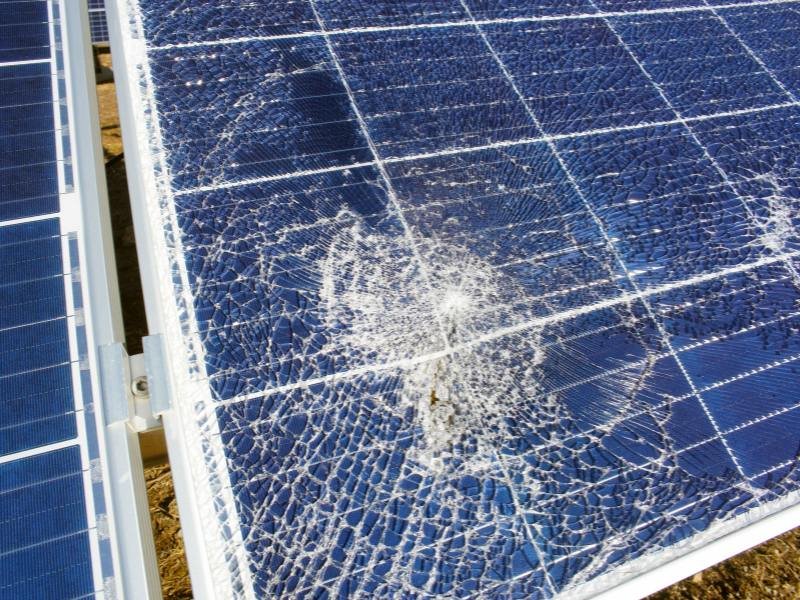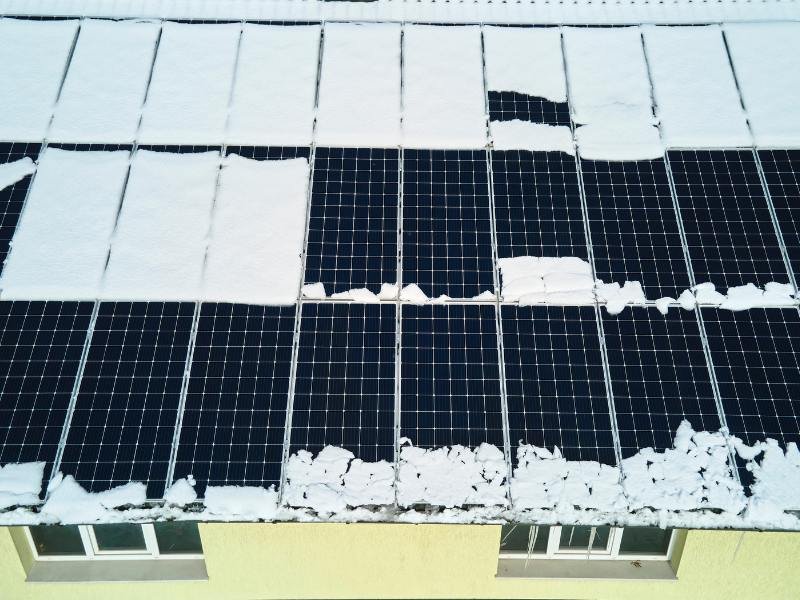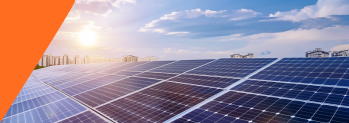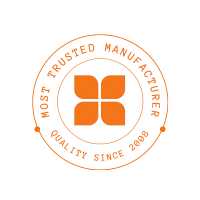Solar panels are known for their durability and long-lasting performance, often lasting 25 to 30 years with proper care. The lifespan depends on panel quality, environmental conditions, and maintenance. Like any other outdoor equipment, they are not immune to damage. Over time, solar panels can experience wear and tear, leading to cracks, chips, or other forms of damage. While they are designed to withstand harsh weather, certain conditions like hail, wind, and even manufacturing defects can cause harm.
In this blog, we will discuss common causes of solar panel damage, how to identify the signs of a damaged panel, and the immediate steps you should take to protect your system.
Common Causes of Solar Panel Damage
1. Hail Damage
While not the most frequent cause of solar panel issues, hail can be a significant risk in certain regions. Most modern solar panels are constructed with high-strength tempered glass and tested to withstand hail up to one inch in diameter at high speeds. However, exceptionally large hailstones or rare, severe storms can still cause surface damage, such as chips or cracks.
2. Wind Damage
High winds can stress mounting systems, especially if the solar panels were not installed according to best practices. In extreme weather events—such as hurricanes or tornadoes—there is a small risk of panels detaching or sustaining structural damage. Proper installation and secure mounting are critical to preventing wind-related issues.
3. Other Causes
Signs of Broken or Damaged Solar Panels
Monitoring systems (e.g., inverters with performance tracking) can help detect output drops early.
Immediate Steps to Take if You Notice Damage
If you suspect that your solar panels are damaged, here are the steps you should follow:
Repair vs. Replacement: Making the Right Choice
Once the damage is confirmed, the next step is deciding whether to repair or replace the panel.
Cost Considerations
Understanding the cost implications is essential when deciding whether to repair or replace a damaged solar panel. Prices can vary widely based on the severity of the issue, the panel type, and the service required. Here are the key factors that influence the total cost:


Preventing Future Solar Panel Damage
How Can Alpex Solar Help?
At Alpex Solar, we specialise in providing durable, high-quality solar panels designed to withstand extreme weather conditions. Our panels undergo rigorous testing to ensure they can handle the elements. In the event of damage, we also offer maintenance and repair services to help you get back on track quickly.
You can rely on our experienced technicians to quickly assess and repair any damage, helping you maximize the benefits of your solar investment.
In summary, if your solar panels are damaged, immediate action is crucial. By following the steps outlined above and working with experts like Alpex Solar, you can ensure your solar system continues to operate efficiently and reliably.




